If you're looking for a nutritious snack that's both satisfying and simple to make, you've come to the right place. This recipe has become my go-to when I need something healthy to munch on throughout the day. The best part? It keeps well, making it perfect for busy weekdays.
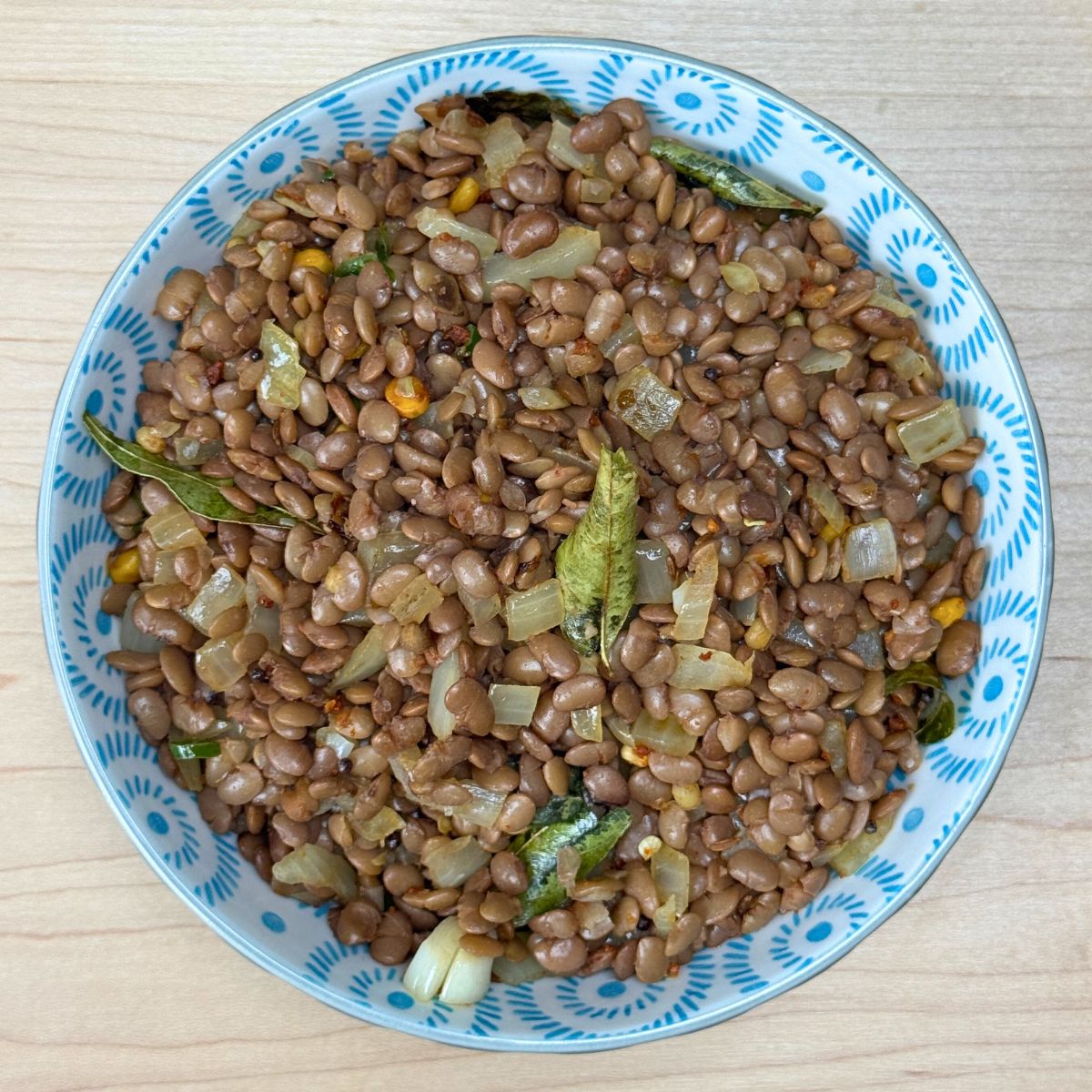
What is Horsegram (Ulava)?
Before diving into the recipe, let me introduce you to horsegram if you're not familiar with it. Horsegram (known as "ulava" in Telugu, "kulthi" in Hindi, and "kollu" in Tamil) is a lesser-known legume that's been a staple in South Indian cuisine for centuries.
This mighty legume is packed with protein (about 22g per 100g!), fiber, iron, and calcium. It's also low in fat and has been used in Ayurvedic medicine for its healing properties. Some even call it a "poor man's superfood" because it's both nutritious and affordable.
Jump to:
- What is Horsegram (Ulava)?
- Ingredients Breakdown: Why Each One Matters
- Instructions
- Easy Substitutions
- Delicious Variations to Try
- Equipment You'll Need
- Storage & Reheating Tips
- Pro Tips for Perfect Ulava Vepudu
- Health Benefits Worth Noting
- Serving Suggestions
- Nutrition
- FAQ
- Related
- Pairing
- Tempered Horsegram Snack (Ulava Vepudu)
Ingredients Breakdown: Why Each One Matters

Horsegram
The star of our dish! Soaking it overnight not only reduces cooking time but also makes it easier to digest and enhances nutrient absorption. The plump, softened beans have a nutty flavor that forms the perfect canvas for our aromatic spices.
Tempering Spices
- Mustard Seeds: These tiny seeds add a pop of flavor when they splutter in hot oil. They give the dish a subtle pungent kick that balances the earthiness of horsegram.
- Cumin Seeds: One of my favorite spices! Cumin adds a warm, earthy flavor and aids digestion – a bonus when eating legumes.
- Chana Dal & Urad Dal: When lightly toasted, these split lentils add a wonderful nutty crunch to contrast with the soft horsegram.
- Curry Leaves: These fragrant leaves release their aromatic oils when heated, infusing the entire dish with their unique flavor that's hard to substitute.
Oil
I prefer using coconut oil for its subtle sweetness that complements the spices, but any cooking oil works well. If you want a more traditional flavor, try sesame oil (gingelly oil).
Instructions
Use this section for process shots, alternating between the step and image showing the step. Users don't like seeing process shots cluttering up the recipe card, so include your process shots here.
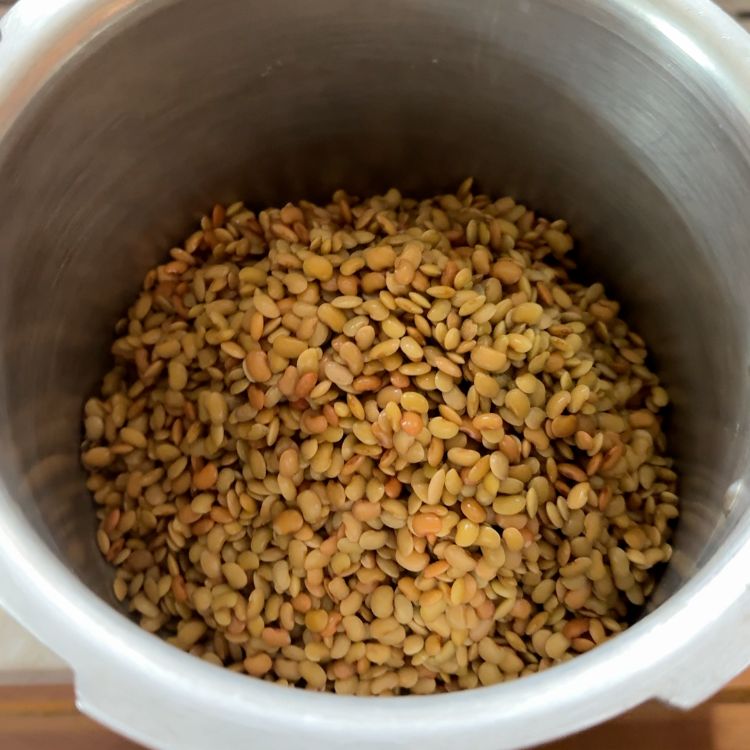
- Soak the Horsegram

- Cook the Horsegram
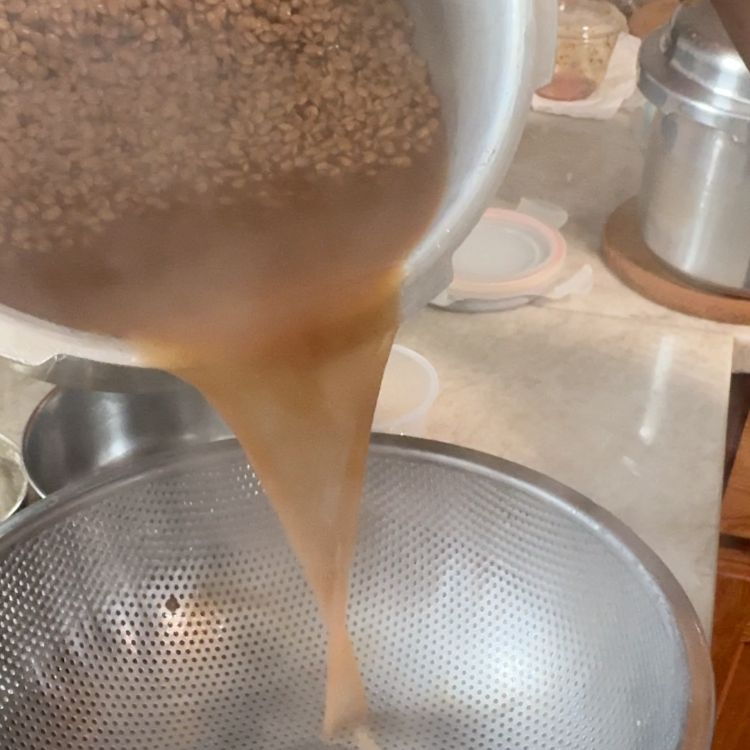
- Drain the Horsegram
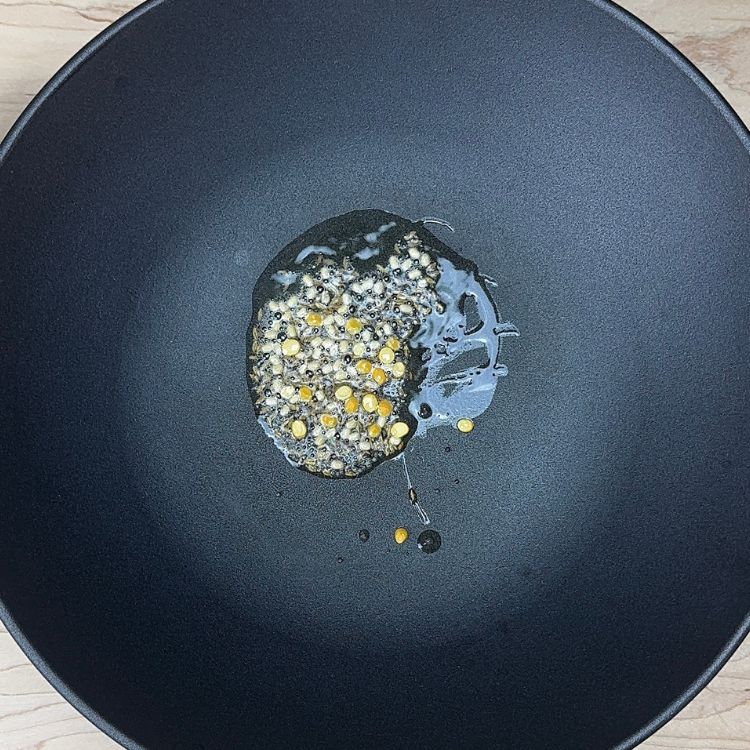
- Prepare the Tempering
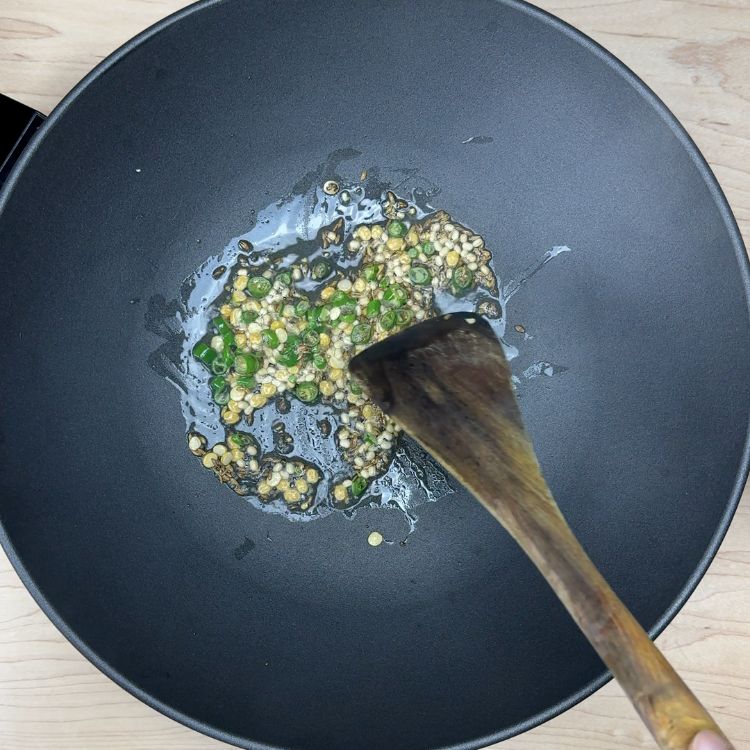
- Add green chilies
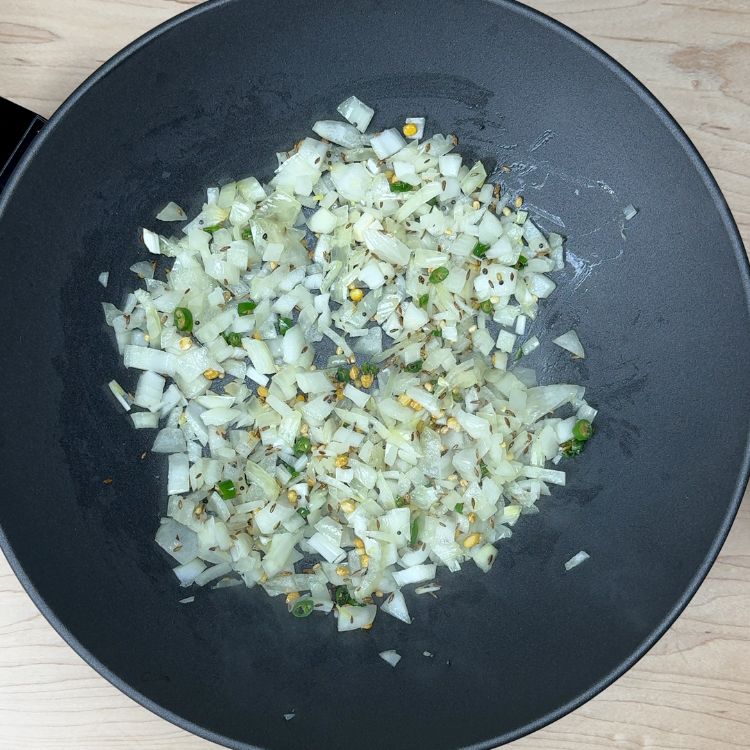
- Add onions
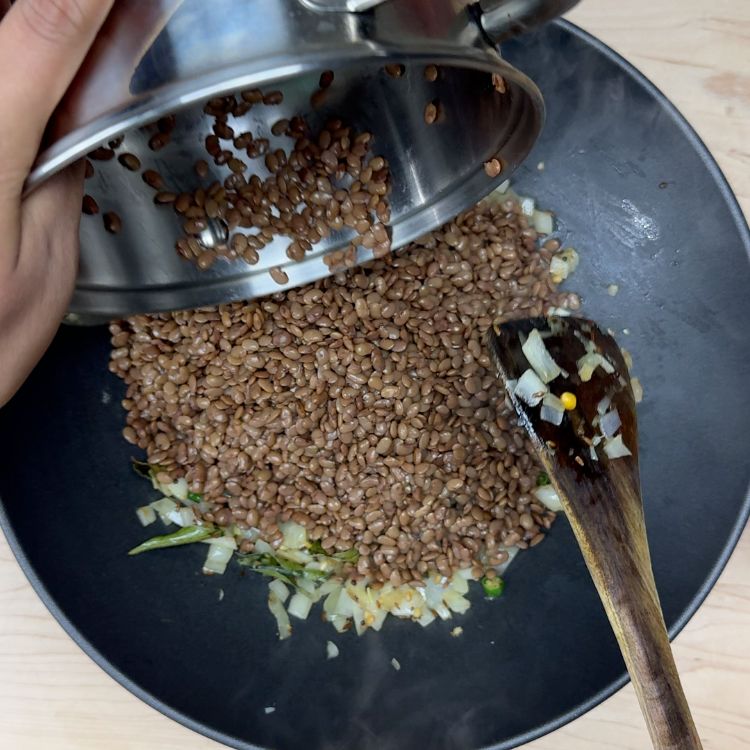
- Combine cooked Horsegram
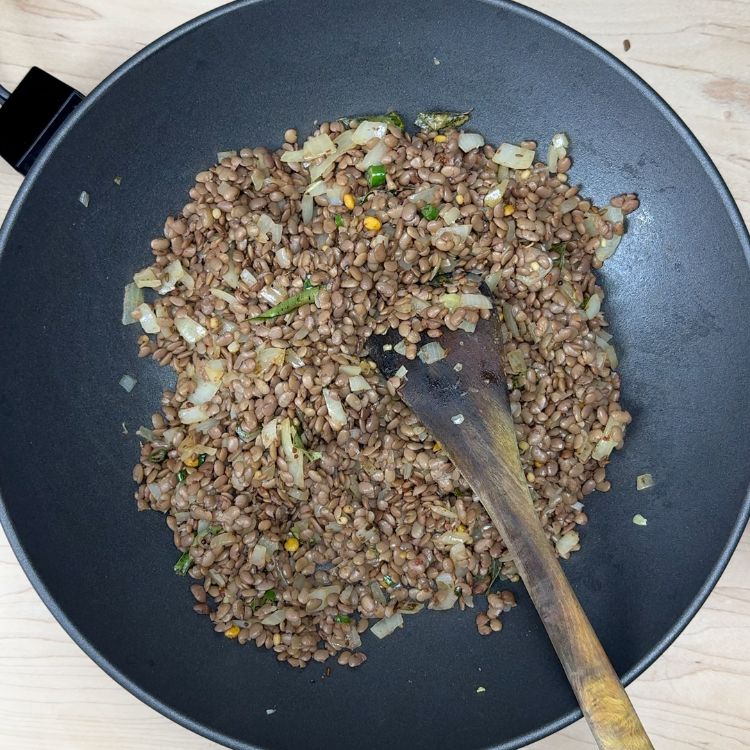
- Mix and Finish
Easy Substitutions
- Can't find horsegram? Try using whole masoor dal (brown lentils) or mung beans instead. They have a similar texture when cooked but may need less soaking time.
- Spice alternatives: Don't have black mustard seeds? Yellow mustard seeds work in a pinch, though the flavor will be milder.
- No curry leaves? While nothing truly replaces their unique flavor, you can use a bay leaf with a squeeze of lemon at the end for a different but pleasant taste.
Delicious Variations to Try
Spicy Ulava Vepudu
Add 1-2 dried red chilies or ½ teaspoon of red chili powder to the tempering for a spicy kick.
Garlic Lover's Version
Add 3-4 minced garlic cloves to the tempering after the seeds have spluttered for a flavor boost.
Coconut Ulava Vepudu
Mix in 2 tablespoons of freshly grated coconut at the end for a touch of sweetness and a lovely texture contrast.
Equipment You'll Need
- Pressure Cooker: The fastest way to cook horsegram. If you don't have one, you can use a heavy-bottomed pot with a lid, but be prepared for a longer cooking time (about 45-60 minutes).
- Frying Pan: A small pan works best for the tempering.
- Colander: For draining the cooked horsegram.
Storage & Reheating Tips
This dish tastes even better the next day as the flavors have time to develop! Here's how to store it properly:
- Refrigerator: Store in an airtight container for up to 4 days.
- Freezer: Yes, you can freeze it! Portion it into freezer-safe containers and freeze for up to 2 months.
- Reheating: Sprinkle a little water before microwaving to prevent it from drying out, or sauté quickly in a pan with a teaspoon of oil.
Pro Tips for Perfect Ulava Vepudu
- Perfect soaking: If you forgot to soak overnight, use hot water and soak for at least 4 hours as a quick alternative.
- Check for doneness: Horsegram should be soft enough to mash easily between your fingers but still hold its shape.
- Tempering trick: The secret to great tempering is patience—wait for the mustard seeds to pop before adding other ingredients.
- Save that water: The liquid from cooking horsegram (known as "ganji" or "kanji") is incredibly nutritious. Drink it like a soup or use it as a base for Ulava Rasam.
Health Benefits Worth Noting
Horsegram isn't just delicious—it's a nutritional powerhouse! Here's why this snack is good for you:
- High protein content makes it perfect for vegetarians and vegans
- Rich in iron to help prevent anemia
- High fiber keeps you feeling full longer
- Low in fat but high in nutrients
- Contains antioxidants that fight inflammation
Serving Suggestions
I love enjoying Tempered Horsegram as a:
- Mid-afternoon snack with a cup of chai
- Side dish with steamed rice and ghee
- Topping for salads for extra protein
- Filling for lettuce wraps with some yogurt
This simple yet nutritious dish proves that healthy eating doesn't have to be complicated or boring. The humble horsegram transforms into something special with just a few spices and minimal effort. Give it a try, and I'm sure it'll become a regular in your kitchen too!
Nutrition
One serving of Tempered Horsegram Snack (Ulava Vepudu), which is 1 cup (160g), contains 225 calories with 13g of protein, 18g of fiber and 38g of carbs.
FAQ
I don't recommend it. Unsoaked horsegram takes much longer to cook and may cause digestive discomfort. Soaking also helps reduce phytic acid, making nutrients more bioavailable.
Look for horsegram in Indian grocery stores where it might be labeled as "kulthi" or "horse gram." You can also find it online through specialty retailers or even on Amazon.
Yes! Its high protein and fiber content helps you feel full longer, and its complex carbohydrates provide sustained energy without spiking blood sugar.
Soaking overnight, discarding the soaking water, and adding digestive spices like cumin and asafoetida (if you have it) can help reduce gas-causing compounds.
Absolutely! After soaking, drain and leave the horsegram in a damp cloth for 1-2 days until tiny sprouts appear. Sprouted horsegram is even more nutritious and cooks faster.
Related
Looking for other recipes like this? Try these:
Pairing
These are my favorite dishes to serve with [this recipe]:
Tempered Horsegram Snack (Ulava Vepudu)
Equipment
- 1 Pressure Cooker
- 1 Frying Pan
- 1 Colander
- 1 Wooden spoon
Ingredients
For Boiling:
- 1 cup horsegram (Ulavalu) soaked overnight
- 3 cups water
- ½ teaspoon salt adjust to taste
For Tempering:
- ½ tablespoon oil
- 1 teaspoon chana dal
- 1 teaspoon cumin seeds
- ½ teaspoon mustard seeds
- 1 teaspoon urad Dal
- 3 green chilies
- ½ cup onions
- 5-6 curry leaves
Instructions
Cook the Horsegram:
- In a pressure cooker, combine 1 cup horsegram (Ulavalu), 3 cups water, and ½ teaspoon salt. Cook for 4–5 whistles or until soft.
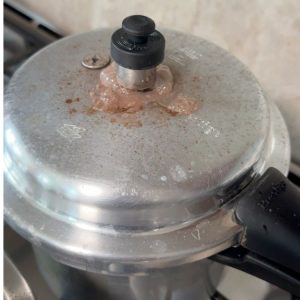
- Drain cooked horse gram.
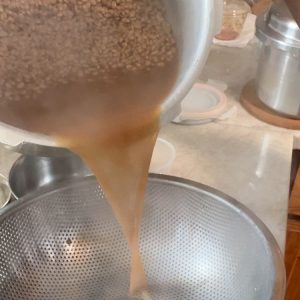
Prepare Tempering:
- In a pan, heat ½ tablespoon oil. Add ½ teaspoon mustard seeds, 1 teaspoon cumin seeds, 1 teaspoon chana dal, and 1 teaspoon urad Dal, let them crackle. Add 5-6 curry leaves (Optional). Saute until aromatic.

- Add 3 green chilies and ½ cup onions and saute.
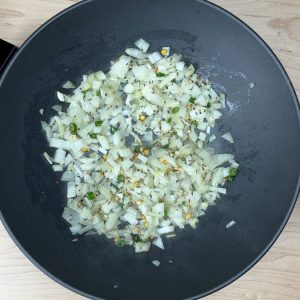
Finish and Serve:
- Pour the tempering over the boiled horsegram. Mix well and serve warm as a protein-rich side or snack.
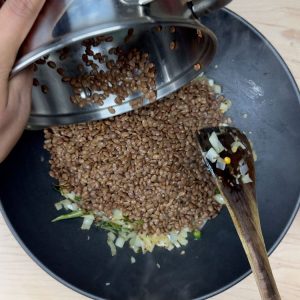

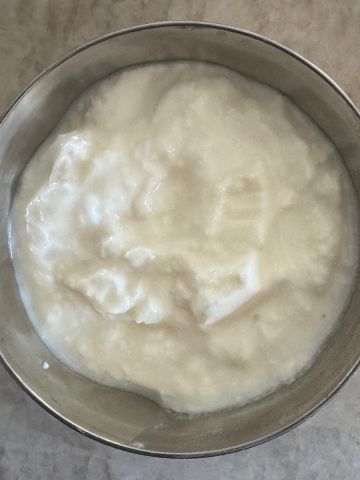
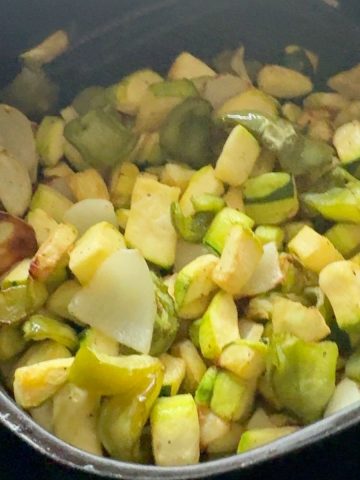
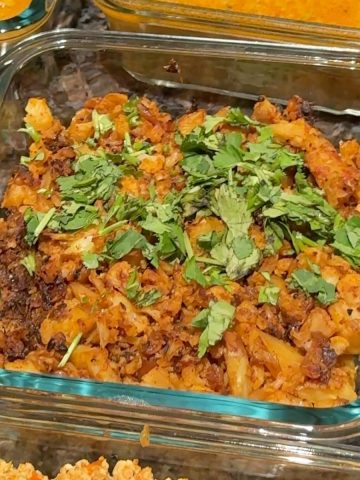
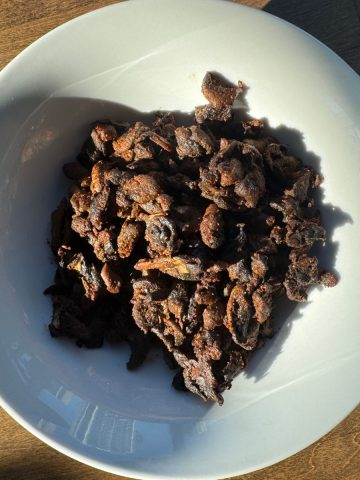
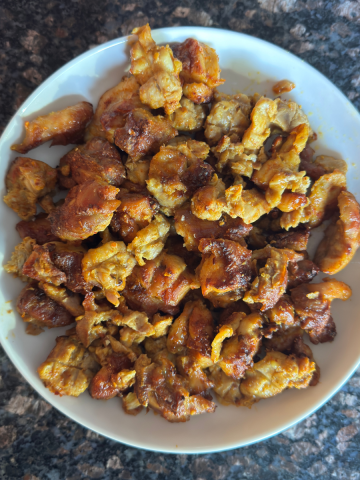
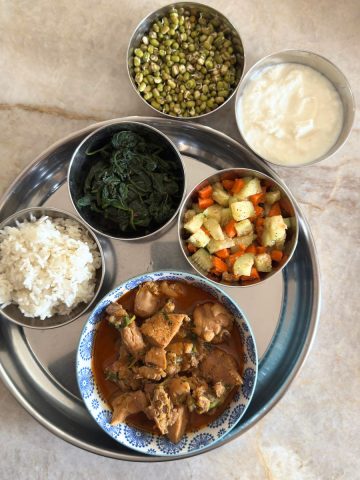
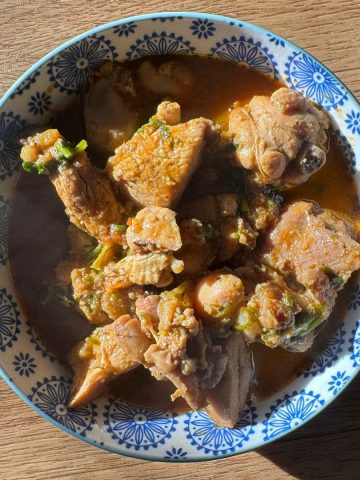
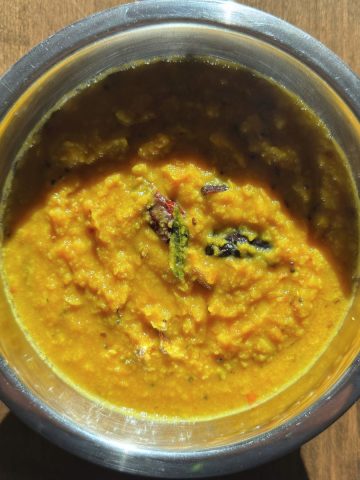
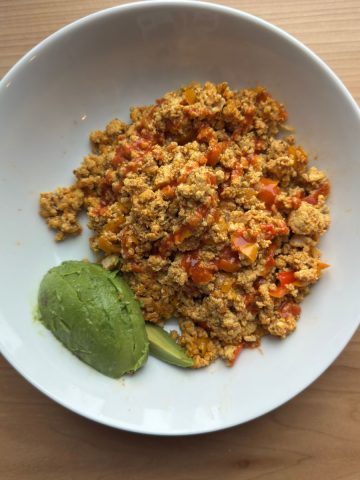
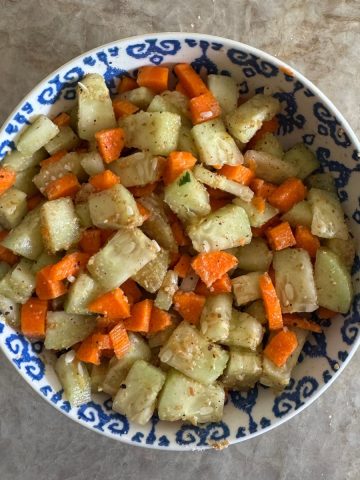
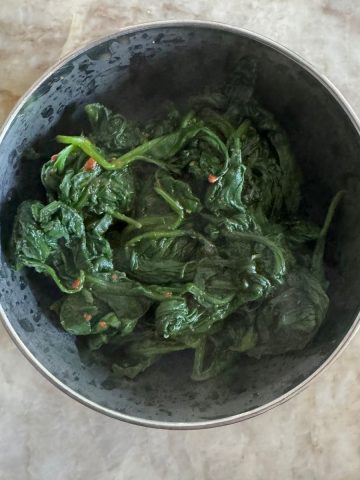
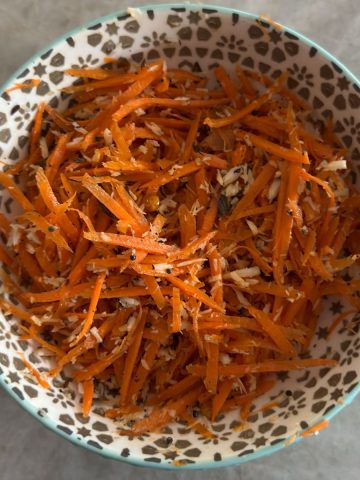
Leave a Reply